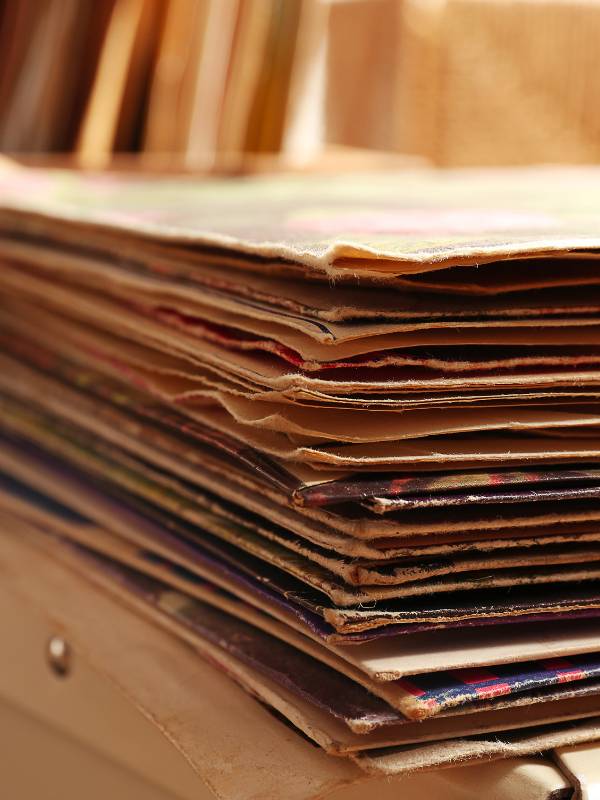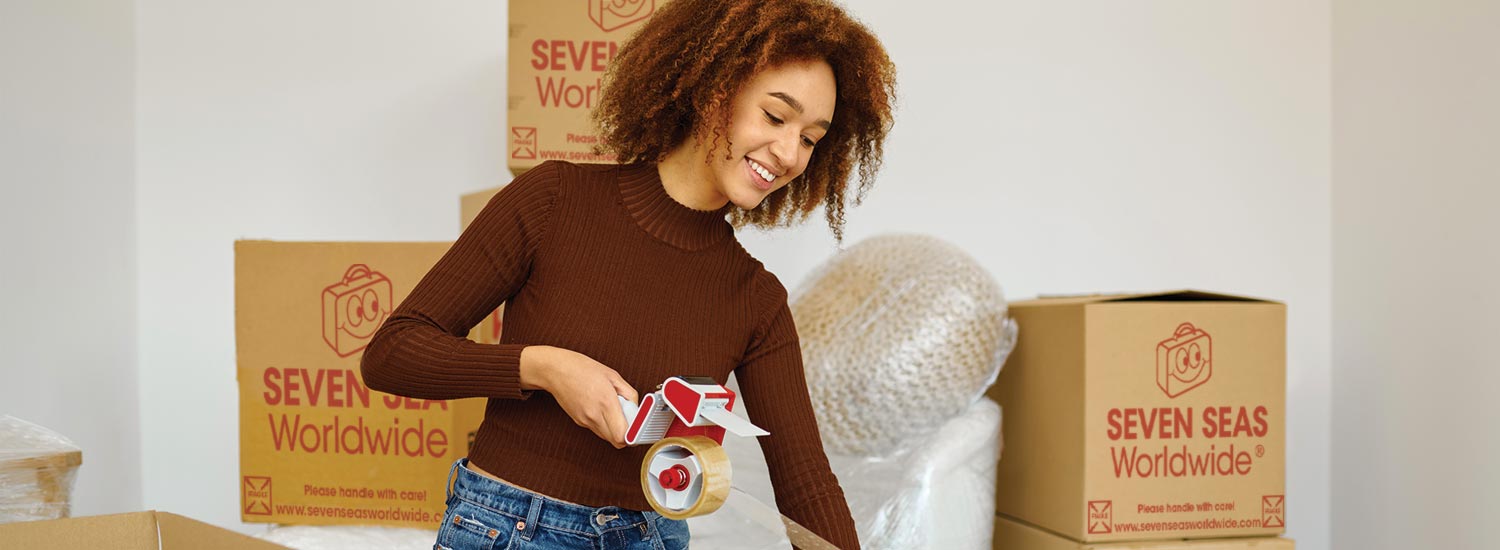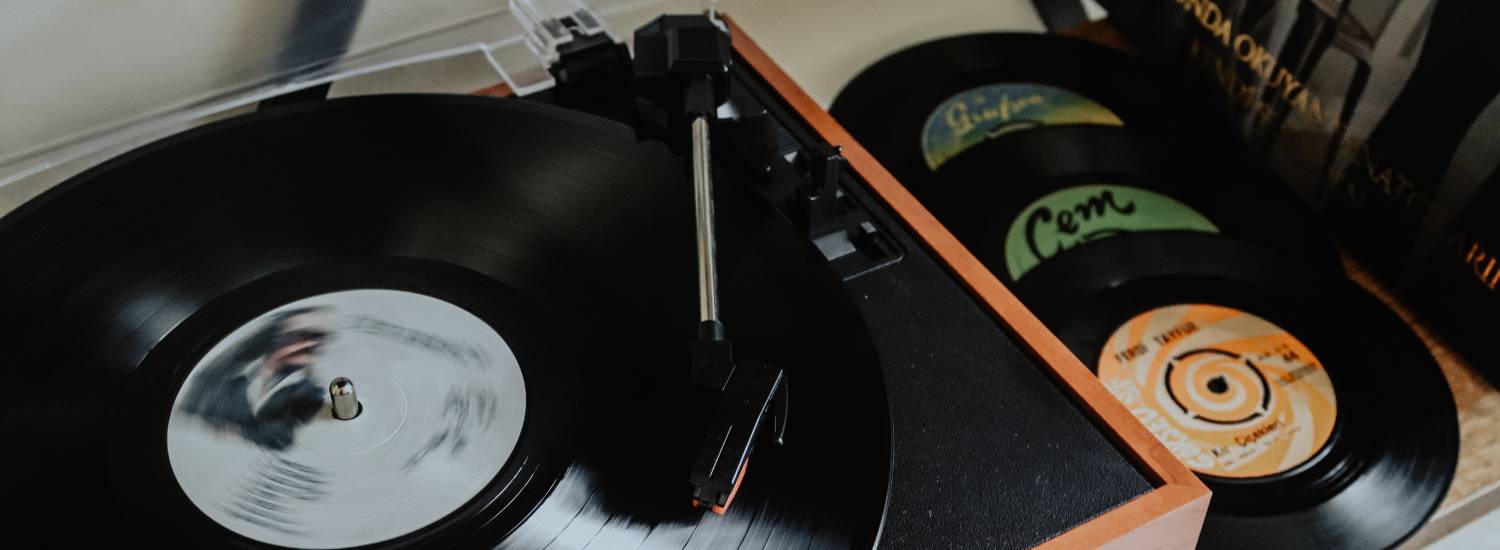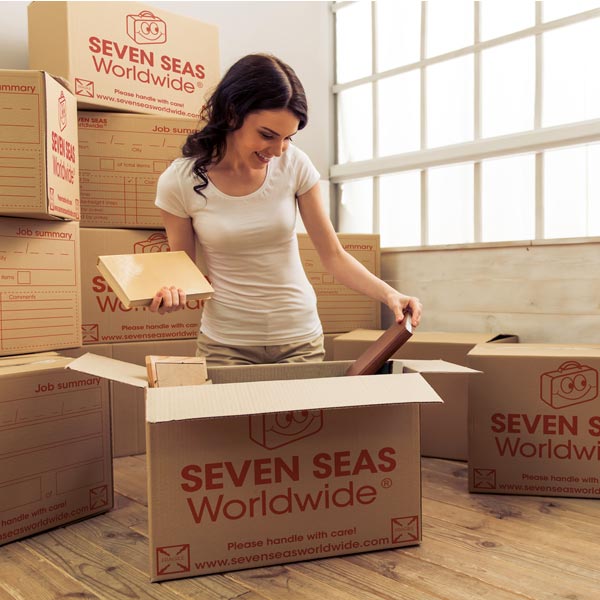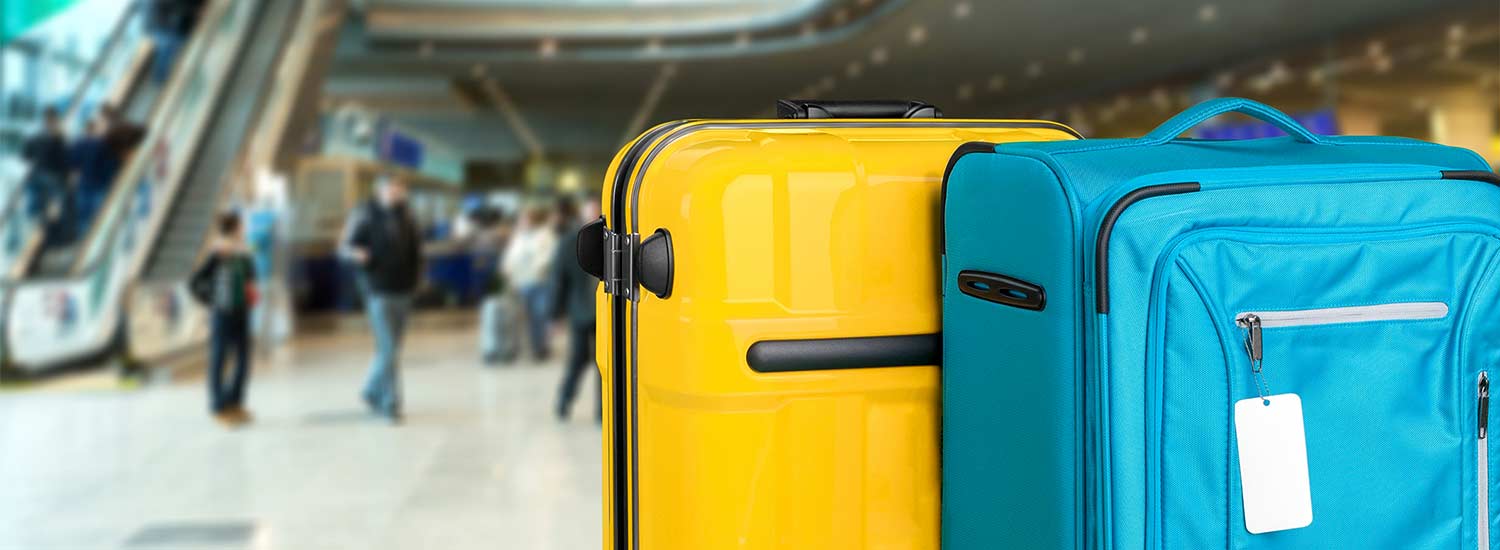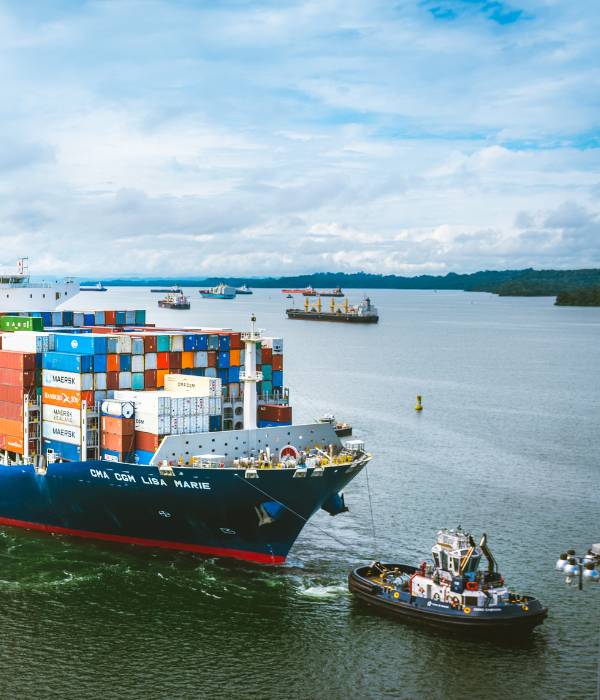Before packing, check this list of items prohibited from entering a particular country or region.
Key takeaways
- The best way to ship vinyl records is to clean and dry them thoroughly, place them individually into protective sleeves, pack them into a sturdy cardboard box, fill any gaps with cushioning materials and send them with a trusted international shipping company.
- The cost to ship vinyl records internationally in a typical cardboard record box is between $300 (£225/€264) and $800 (£599/€704).
- A vinyl record weighs between 40g and 220g, depending on its size and pressing.

Best way to ship vinyl records
The best way to ship vinyl records is to clean and dry them thoroughly to avoid friction damage during transit. Then, organise them in your preferred order (e.g., alphabetically or chronologically) and place them inside a suitable sturdy cardboard box slightly larger than the records to prevent unnecessary movement. Consider wrapping groups of 5 to 10 records in bubble wrap.
Once your box is full, fill gaps with crumpled packing paper to keep everything secure. Next, seal it with several layers of overlapping packing tape, and label the box with "fragile" and "this way up" stickers to ensure careful handling.
Finally, choose a reliable international shipping company that offers tracking, customs assistance and comprehensive insurance options. Always double-check your carrier's weight and size restrictions to avoid any complications during shipping.
How much does it cost to ship vinyl records?*
The cost to ship vinyl records internationally in a typical cardboard record box** (20cm long, 32cm wide, 32cm high, and holding around 50 standard 12-inch LPs) is between $300 (£225/€264) and $800 (£599/€704). However, prices vary based on the estimated value of your records, the level of insurance you choose, your origin and destination addresses, and how soon you need them.
*prices are as of 2025
**Seven Seas Worldwide does not endorse these products.

Vinyl record dimensions
Vinyl record dimensions come in several standard sizes. The most common are the 12-inch, typically used for full albums, also known as LPs (Long Plays), and the 7-inch, preferred for singles, with one track on each side (known as the "A-side" and "B-side"). A less typical size is the 10-inch, used for EPs (Extended Plays) or special editions.
The following is a list of vinyl size dimensions and some unique features:
7-inch
Its smaller, portable size is ideal for short tracks like singles. The 7-inch is known for its excellent sound quality, especially when pressed at 45 RPM (Revolutions Per Minute).
Dimensions including outer sleeve: approx. 7.25 inches x 7.25 inches (18.4cm x 18.4cm)
Speed: typically 45 RPM, sometimes 33⅓ RPM
Playtime per side: 5 minutes (45 RPM), 7 minutes (33 RPM)
10-inch
Once a popular format for 78 RPM discs from the 1930s to the 1950s, the 10-inch gradually declined in popularity after the rise of the 12-inch LP and 7-inch single formats. Today, record companies occasionally utilise them for special releases or limited editions.
Dimensions including outer sleeve: approx. 10.5 inches x 10.5 inches (26.7cm x 26.7cm)
Speed: either 78 RPM (historically) or 45 RPM (modern)
Playtime per side: 3 minutes (78 RPM), 12 minutes (45 RPM), 15 minutes (33 RPM)
12-inch
The standard size for most LPs, 12 inches, provides the best sound quality. Most commonly played at 33⅓ RPM, it's ideal for full albums due to its longer runtime and wider grooves.
Dimensions including outer sleeve: approx. 12.5 inches x 12.5 inches (31.75cm x 31.75cm)
Speed: typically 33 RPM for albums or 45 RPM for high-quality releases or EPs
Playtime per side: 22 minutes (33 RPM), 15 minutes (45 RPM), 5 minutes (78 RPM)
How much does a vinyl record weigh?
A vinyl record weighs between 40g and 220g, depending on its size and pressing. A standard 12-inch LP at 33⅓ RPM weighs around 130g, while a 7-inch single at 45 RPM weighs about 40g. Premium 180g 12-inches, often called "audiophile" or "high-fidelity" pressings, feature better sound quality and durability.
When shipping vinyl, remember to include the weight of the inner sleeve, outer jacket, packaging materials, and extras like gatefold covers, inserts, and booklets — often found in classic albums like Sgt. Pepper's Lonely Hearts Club Band or The Dark Side of the Moon. A well-packaged 12-inch vinyl usually weighs between 500g and 700g.
How to pack vinyl for shipping
To pack vinyl for shipping, start by thoroughly cleaning and drying each record to prevent damage caused by friction from dirt or grime during transit. While a specialised vinyl cloth may suffice, consider buying a professional vinyl record cleaning machine* for a more thorough job.
Pack and label each box in the same order you display your records at home. The following are some common ways people like to display their vinyl collections:
- Alphabetically: by artist or album name.
- By genre: the style of music, e.g., rock, indie, grunge, pop, jazz, classical, etc.
- Chronologically: by release date to show music's progression over time.
- By record label: ideal for fans or collectors who favour specific labels' output.
- Decade or era: by the years they were released (e.g., 60s, 70s, 80s), reflecting the music's evolution.
Use a sturdy vinyl box slightly bigger than the records* to avoid movement during transit. When packing these fragile goods, position the box on its side to allow the weight of the records to compress, reducing gaps. Once complete, the vinyls will stand vertically. However, be careful not to exceed the maximum container weight set by your movers or shipping company. For example, at Seven Seas Worldwide, the maximum weight per box, bag, or suitcase is 30kg/66 lbs.
Alternatively, wrap groups of 5 to 10 records at a time in bubble wrap or packing paper and stack them like books. Consider purchasing outer sleeves made from high-density polypropylene* for added protection, perhaps only for exceptionally sentimental or expensive LPs.
Fill empty spaces in the box with crumpled packing paper to keep everything secure. Ideally, your box should feel snug without being overpacked, as this can cause pressure and lead to damage. Seal the box with several overlapping layers of parcel tape and mark it as "fragile". Adding "this way up" and "keep cool" labels can also help ensure careful handling.
*Seven Seas Worldwide does not endorse these products.
Ideally, your box should feel snug without being overpacked, as this can cause pressure and lead to damage.
